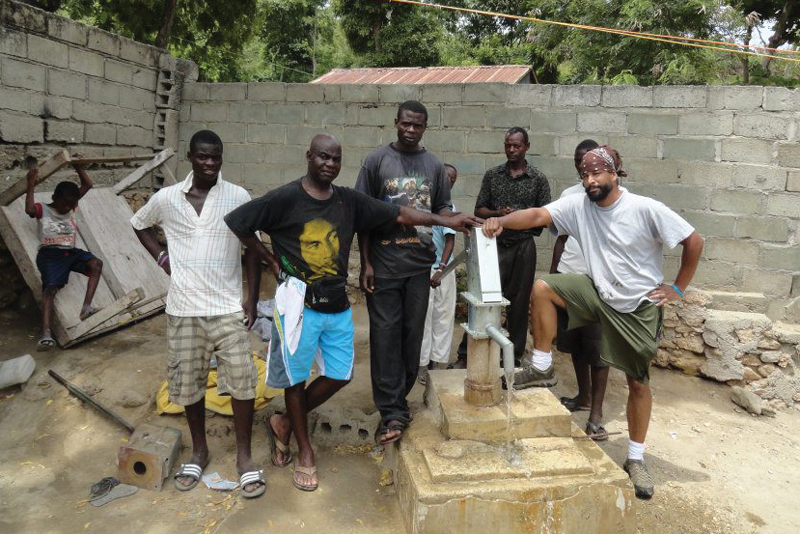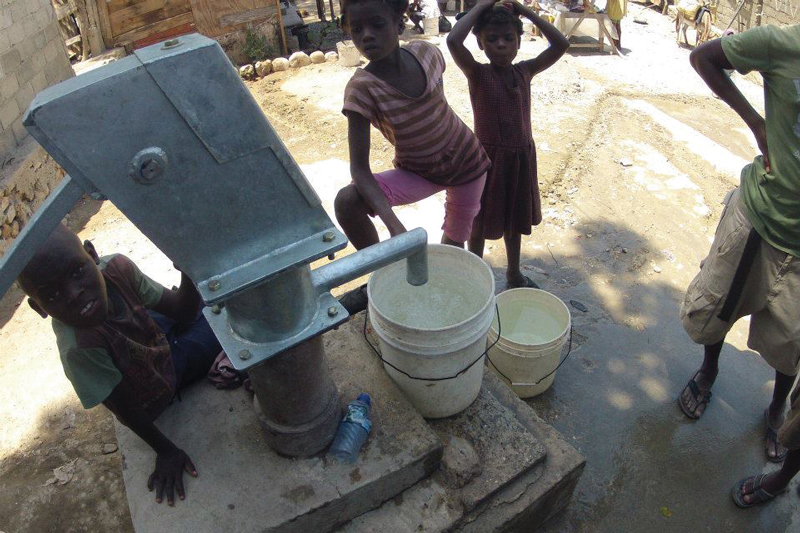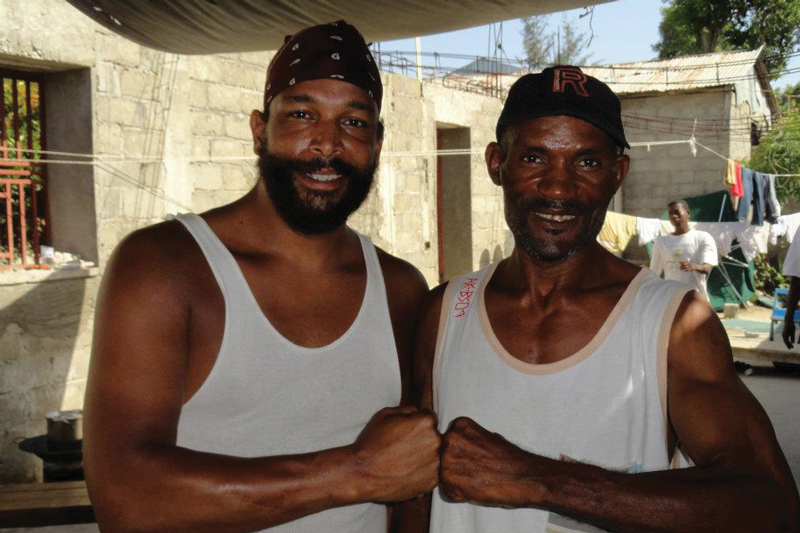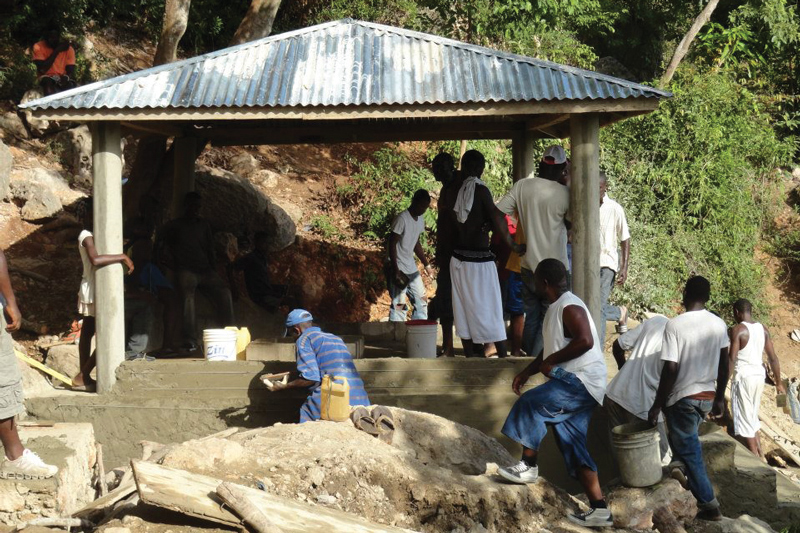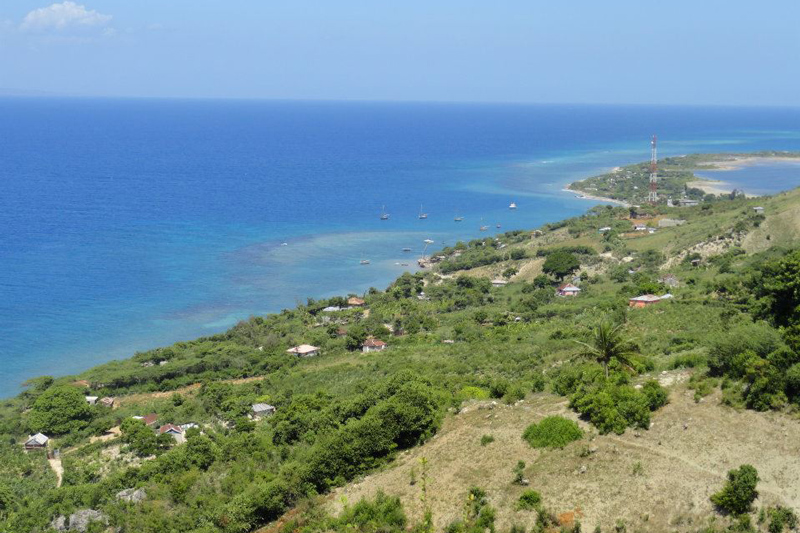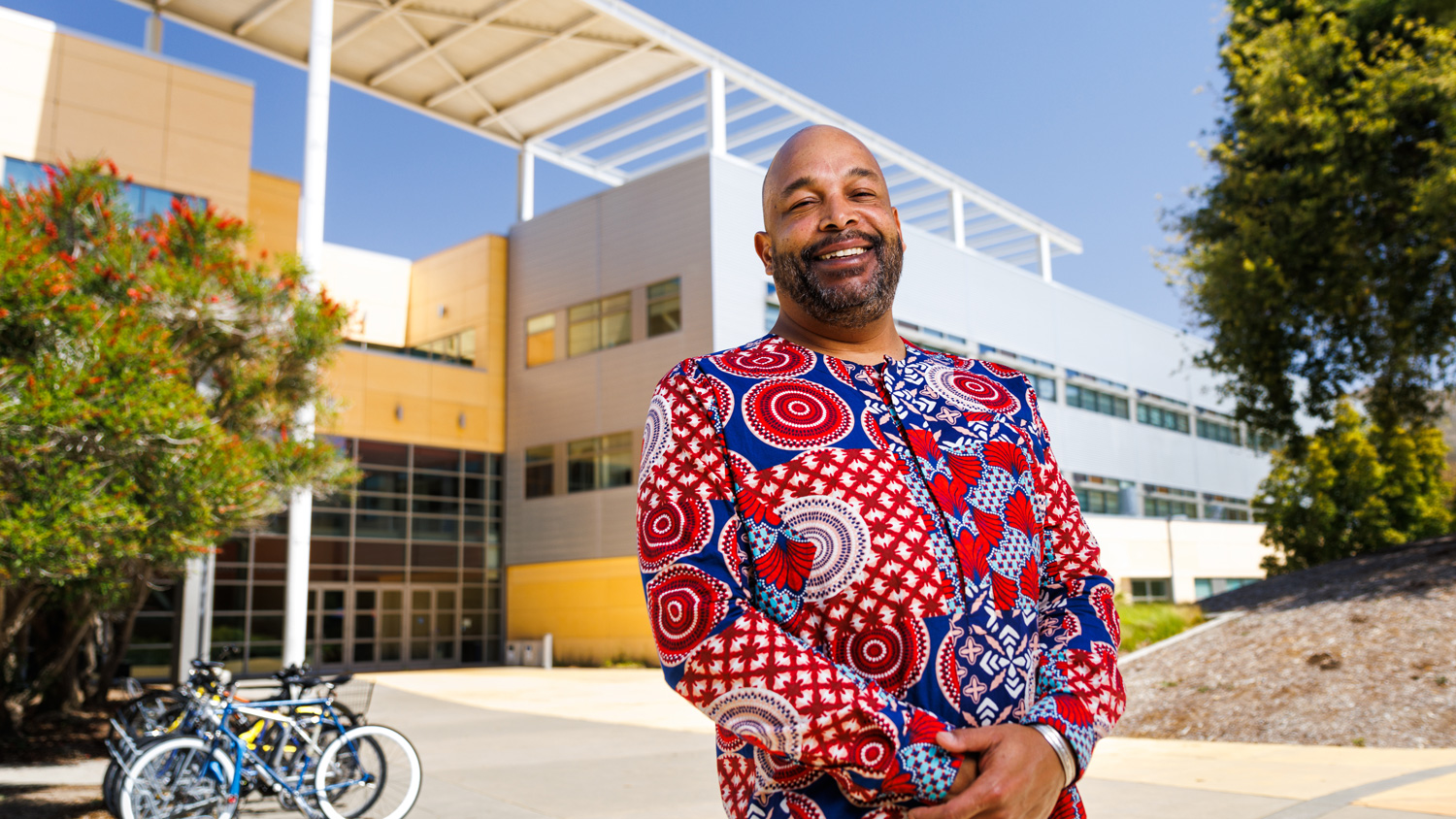
In his own words, recent graduate Jon Gausman shares how a trip to Haiti became a turning point that led to multiple engineering degrees and a new purpose in life.
There’s a Haitian proverb that goes, “Dèyè mòn gen mòn,” which means, “After the mountains, more mountains.” This is the story of one of the tallest mountains I’ve faced in my life.
I went to Haiti in 2012 with my friend Antoine and three others to help dig a well in his home village after a devastating earthquake in 2010. The trip became one of the most challenging, humbling and inspiring things I had ever done. I made friends I would hope to have for life and learned what this thing we call “community” really means.
It took two days to get to Lavalle, a small rural village. I didn’t know what “off-the-grid” really meant until I got there. In this place, there are no paved roads, no piped drinking water, no sewer system, electricity or internet.
It is also a place where kids walk themselves to school and sing songs along the way. Some don’t even get to go to school, because in Haiti, school ain’t free … instead they work. The youngest children collect water.
We not only dug a well at the village outskirts, our group retrofitted another well in the center of the village and improved drinking water access, quality and safety for people in the area. Once our work was done, we saw people coming from villages some distance away to access the water.
Along the way, I learned about the link between access to drinking water, access to education and access to the democratic process itself — how lack of access to drinking water can drive illiteracy and political instability. I knew about the risks of waterborne illnesses, but I learned firsthand about the privilege I had enjoyed not having to worry about it, no matter what other hardships my family and I had endured in San Francisco.
These lessons shook up my sense of purpose in life, and I became determined to contribute in some way. I could not let this be a one-off effort, and I could not look at the world again with the same eyes. When we cross a river, we only do it once.
When I got home, I was so exhausted I just knew I had to go back to Lavalle and do it again. So, with no way to go but forward, I had to figure some things out.
What do you call a person who designs wells and water systems? To be honest, I had to use Google to find out that was a civil engineer. I remember thinking, “That’s a new one. I thought engineers worked on the front of a train or something.”
Then Cal Poly helped me realize that I could be a civil engineer. There’s almost a decade of hard work, sacrifice, doubt, confidence, some community college and a student loan or two mixed in just before that last part.
During my time at City College of San Francisco, I laid the foundation of my engineering undergraduate studies and did some important and lasting work on campus with the community of students, faculty and staff through the CCSF Black Student Union.
When it came time to transfer, I applied to many schools and had to weigh a lot of different factors into where I would go. But most of all, I wanted a challenge. I chose Cal Poly because of the Learn by Doing approach, smaller, interactive class sizes and because its civil and environmental engineering program is considered one of the best in the nation.
I chose water resources engineering as my area of academic focus — specifically hydraulics and hydrology. Since then, my peak moments have been personal triumphs. My heart soared in Professor Rahman’s Hydraulic Systems Engineering class, my understanding became crystallized in Professor Muleta’s Engineering Hydrology and Advanced Water Resources classes, and my knowledge rounded out and expanded in Professor Talke’s Coastal Hydraulics course. This is what I came here to learn, and I felt that my sense of purpose was now infused with knowledge and ability.
I decided my senior year that I wasn’t done with Cal Poly yet, so I entered the blended program to earn my master’s degree. With Professor Muleta as my research advisor, I have been expanding and improving upon a hydrologic computer model of a watershed in Los Angeles County and am preparing that model for use in planning and forecasting.
Sometimes I think back to a time, two weeks into my first quarter at Cal Poly, when President Armstrong came out of nowhere and shook my hand like an old friend and asked me how my time at the school was going so far. I told him, “I feel blessed to be here.”
Four years later, I still feel that way — I thank every mountain I climb for making me stronger and thank the mountains yet to come for the challenges they bring.
— Jon Gausman graduates this spring with a bachelor’s degree in Civil Engineering and a master’s degree in Civil and Environmental Engineering
Read more about Jon’s legacy of leadership on campus on the Cal Poly News website.


